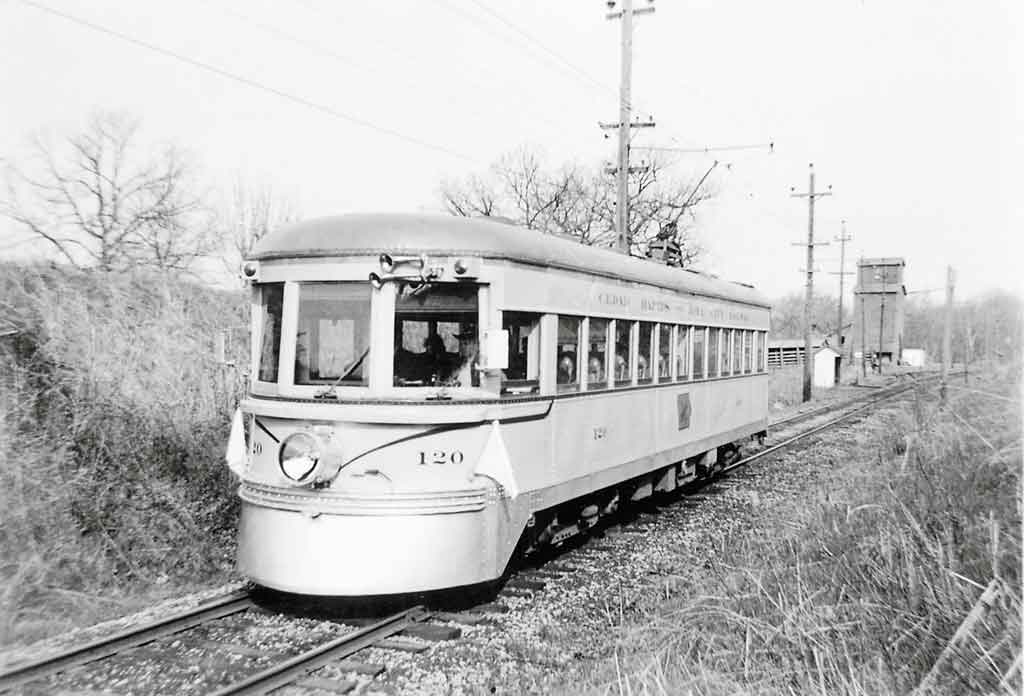During my sophomore year (1948-49) at the University of Iowa in Iowa City, I was elected social chairman of my college fraternity, Beta Theta Pi. This was a good deal. Not only did I get to plan university-sanctioned parties, I got to meet the girls who planned the social events for the sororities.
At that time, Iowa had a bizarre state drinking law. Liquor-by-the-drink was illegal—one could only buy alcohol by the bottle at a State-operated store. Consequently, people took a whole bottle of booze with them when they went partying.
The tragedy was that some university students imbibed too much. They would then climb into their cars (not many of us had them in those days), and possibly kill or injure themselves and/or their passengers on the way back to the campus from a sanctioned off-campus party. In response to parental and public pressure, university officials said they would no longer approve parties off-campus where there would be drinking and driving.
This put a damper on sanctioned fraternity/sorority-sponsored parties. The options for dinner and dancing with your date were limited on campus, as well as in the immediate community. Most of us on campus at that time were World War II veterans. Right or wrong, we had developed a tolerant attitude toward the use of alcohol as an adjunct to social evenings. We resented, after what many of us had been through, having to conform to what we thought was a draconian response to the problem.
I came up with an idea for a legal way to address the issue, and I presented it to the other members of the fraternity. To put it modestly, they thought I was a genius.
Just south of Cedar Rapids was a regular Crandic passenger stop called Cou Falls, and in those days, the Crandic ran electric passenger interurbans nearly every hour. Little Cou Falls had a great “supper club,” a mostly Midwestern phenomenon of a rural restaurant with a bar and, in those days, a dance floor. The one in Cou Falls was very popular with University of Iowa students. You could get a good dinner, and it indeed had a nice-sized dance floor and regularly handled large, private parties.
The Crandic stopped less than a block away, and it also ran through the heart of the Iowa campus, discharging passengers practically in the middle of the academic area on the east side of the Iowa River. At that time, in fact, many students from communities on the line rode the train to and from the campus for classes.
What I proposed was chartering two of the Crandic’s cars. We and our dates would board the cars at the campus stop, ride to Cou Falls, get off, and walk the block to the supper club for an evening of dining and dancing. It was assumed there would be some drinking for those who wished, and we would reboard at Cou Falls for the trip back to campus.
Even though the fraternity members thought my idea was great, I still had to convince school authorities to approve the off-campus event. They realized there would be no driving after drinking, and after some deliberation, they gave their approval. I got to be somewhat of celebrity around campus, albeit briefly, as the guy who thought up the railroad party idea to conform with the system.
The lightweight Crandic interurban cars ran solo—they would not m.u. with each other, or other cars. Crandic had bought six of them in 1939 from the Cincinnati & Lake Erie, which termed them “Red Devils.” Crandic repainted them in the company’s shade of yellow, the same as on the older, wooden interurbans. The six lightweights were followed by an additional Indiana Railroad lightweight.
I fondly recall that we had a really great time at the Cou Falls supper club, and on the cars to and from, with lots of singing and kidding. En route, the big thing was to reach over the motorman’s shoulder and blow the air horn—the crews on each of the cars were having as much fun as we were, since half their passengers were pretty young ladies in formal dresses.
Looking back, it was a more innocent time. I’m sure we thought we were “hot stuff.” Some of our group did drink too much, but at least they weren’t out on the highway, endangering themselves and others. Most of us just enjoyed the evening. It was something none of them had done before, ride a chartered train to a party, and some of us, at least, sensed it was something we would never get a chance to do again.
First published in Spring 2007 Classic Trains magazine.
Learn more about railroad history by signing up for the Classic Trains e-mail newsletter. It’s a free monthly e-mail devoted to the golden years of railroading.















Sounds like a great way to have a nice evening. Too bad we don’t have interurbans today.